MICROCHIP TECHNOLOGY WINC3400U IEEE 802.11 b/g/n Network Controller Module with Integrated Bluetooth Low Energy User Manual Manual
Microchip Technology Inc. IEEE 802.11 b/g/n Network Controller Module with Integrated Bluetooth Low Energy Manual
Manual
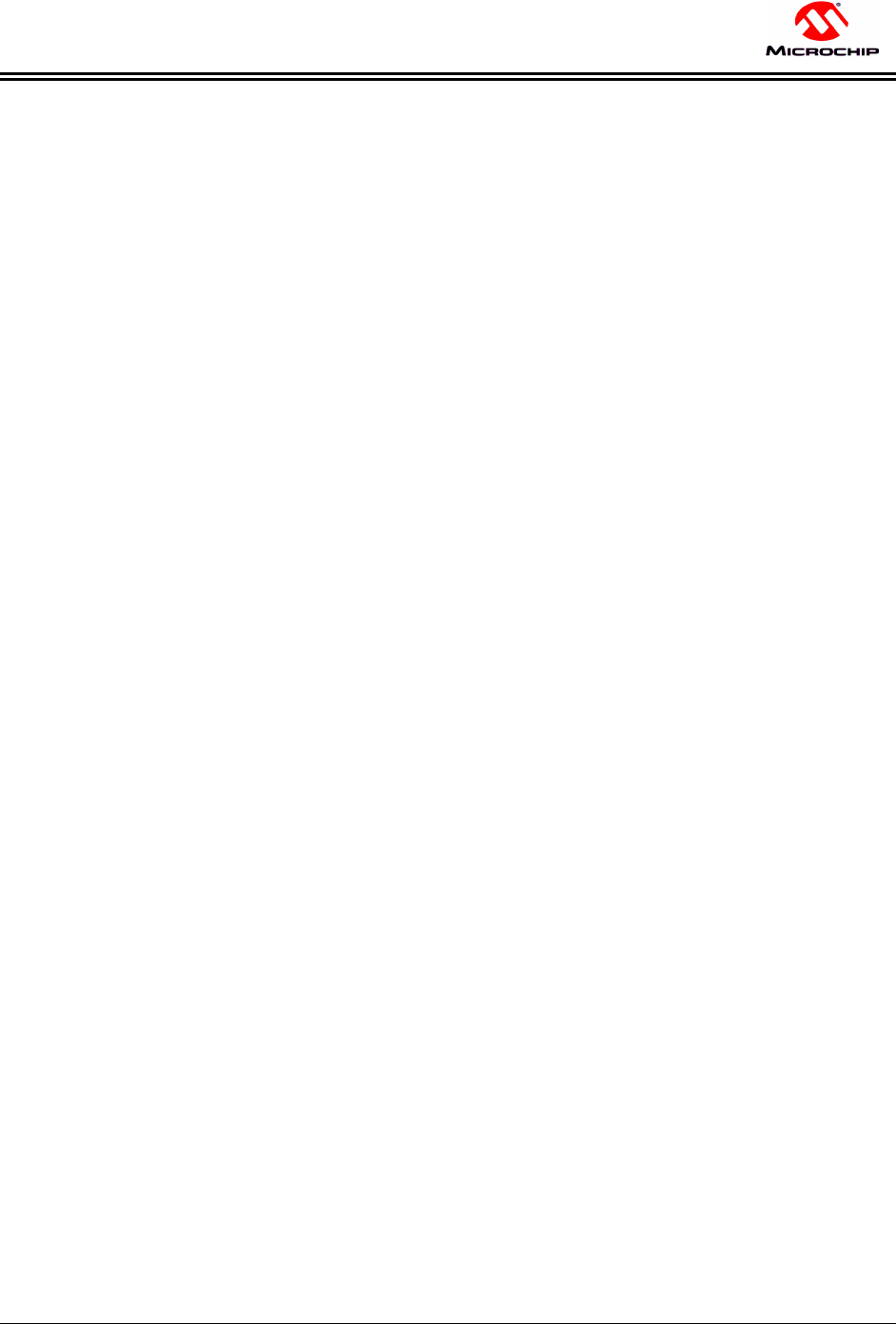
Regulatory Compliance Information
Revision 0.2 (06/2018)
Preliminary
ATWINC3400-MR210UA
Regulatory Compliance Information
Revision 0.2
June’ 2018
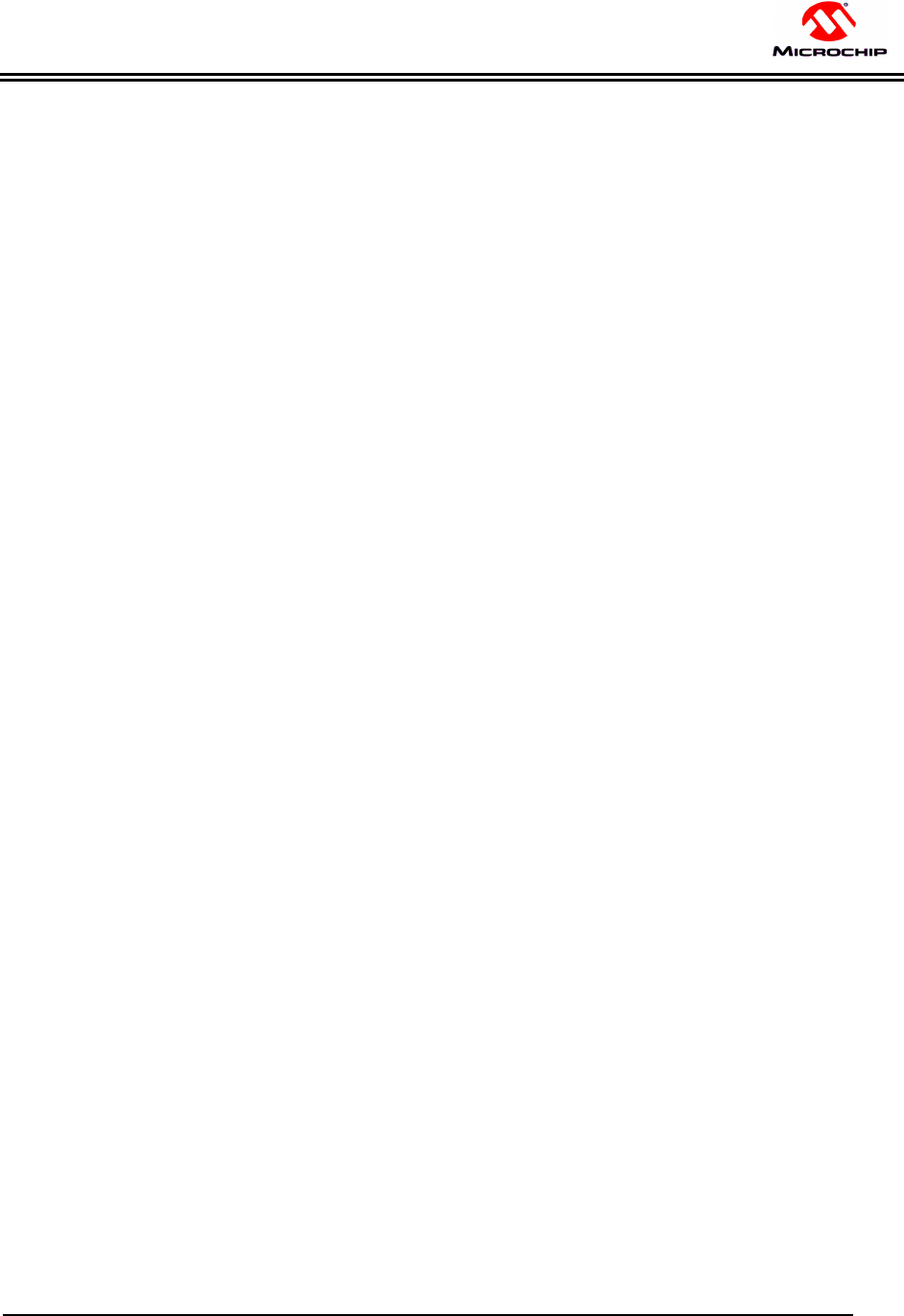
Regulatory Compliance Information
Revision 0.2 (06/2018)
Preliminary
1
This document covers the Regulatory Compliance information which
will be part of the ATWINC3400-MR210UA Module datasheet and
related documents shared with customers.
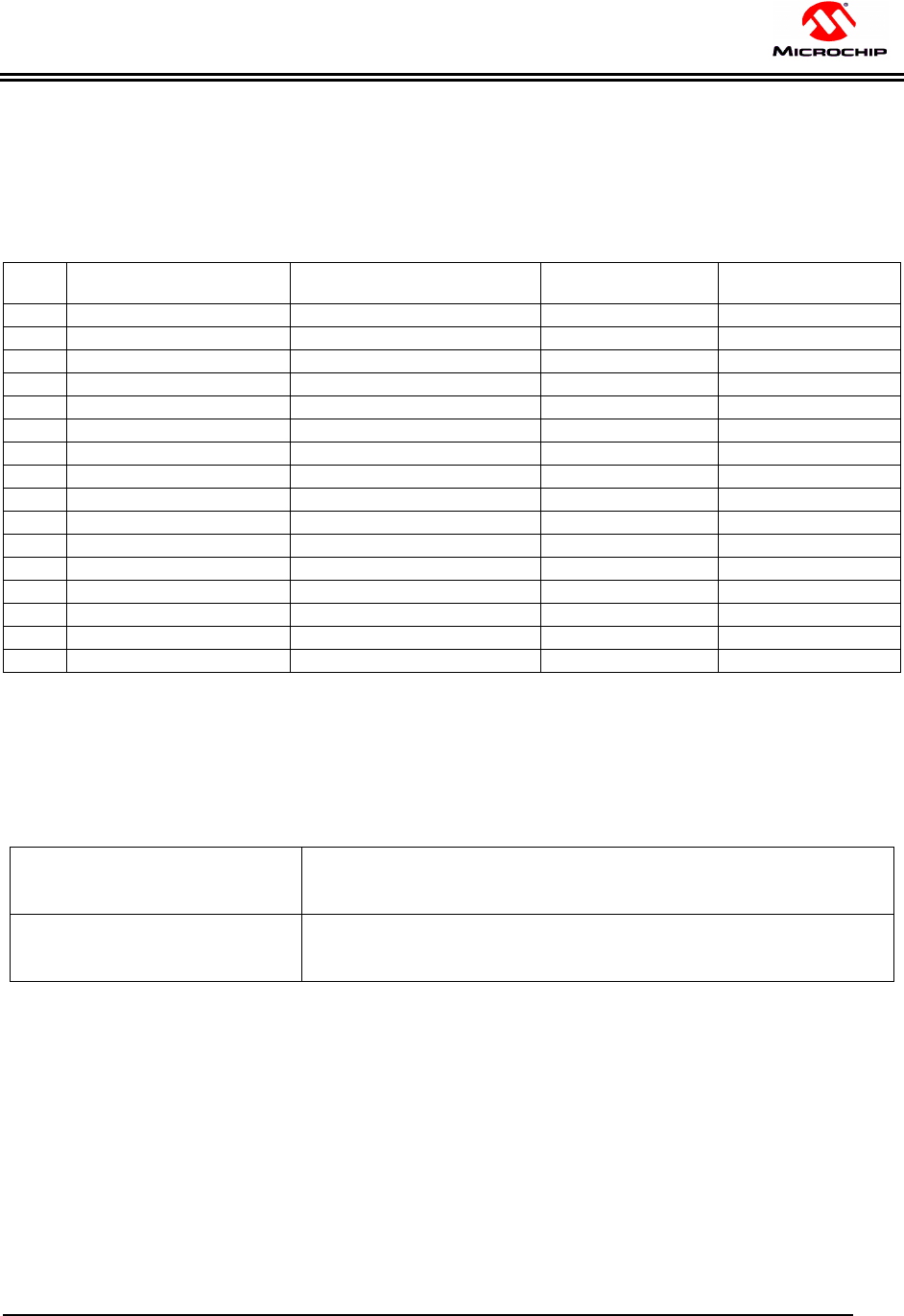
Regulatory Compliance Information
Revision 0.2 (06/2018)
Preliminary
2
1.1 Antenna Considerations:
Table 1-1 provides the list of Approved antennas along with the manufacturer and part number
details.
Slno. P/N Vendor Antenna Gain @
2.4GHz Band
Antenna type
1
W3525B039
Pulse Electronics Corporation
2 dBi
PCB
2
RN
-
SMA
-
4
Microchip
2.2 dBi
Dipole
3
RFDPA870920IMLB301
WALSIN
1.84 dBi
Dipole
-
DB
4
RFPCA381013IMAB701
WALSIN
4.50 dBi
PCB
5
RFPCA381035IMAB701
WALSIN
2.7 dBi
PCB
6
RFA
-
02
-
3
-
C5H1
Aristotle
3 dBi
Dipole
7
RFA
-
02
-
5
-
C7H1
Aristotle
5 dBi
Dipole
-
Long
8
RFA
-
02
-
P33
Aristotle
2 dBi
PCB
9
1461530100
Molex
3 dBi
PCB/Flexi
10
RN
-
SMA
-
S
Microchip
0.56 dBi
Dipole
-
short
11
RN
-
SMA
-
7
Microchip
5 dBi
Dipole
-
Long
12
RFA
-
02
-
5
-
F7H1
Aristotle
5 dBi
Dipole
-
Long
13
RFA
-
02
-
D3
Aristotle
2 dBi
Dipole
-
no encl.
14
RFA
-
02
-
L2H1
Aristotle
2 dBi
Dipole
15
RFA
-
02
-
P05
Aristotle
2 dBi
PCB
16
RFA
-
02
-
C2M2
Aristotle
2 dBi
Dipole
1.2 ATWINC3400-MR210UA Usage Instructions under Modular Approval
Table 1-2: Features and supported modes of operation
Frequency Range
WiFi: 2.400 GHz ~ 2.4835 GHz (2.4 GHz ISM Band)
BLE: 2.402 GHz to 2.480 GHz
Number of Channels WiFi: 11 for North America
BLE: 40
The availability of some specific channels and/or operational frequency bands are country dependent and
should be programmed at the Host product factory to match the intended destination. Regulatory bodies
prohibit exposing the settings to the end user. This requirement needs to be taken care of via Host
implementation.
The Host product manufacturer must ensure that the RF behavior adheres to the certification (e.g. FCC,
ISED) requirements when the module is installed in the final Host product.
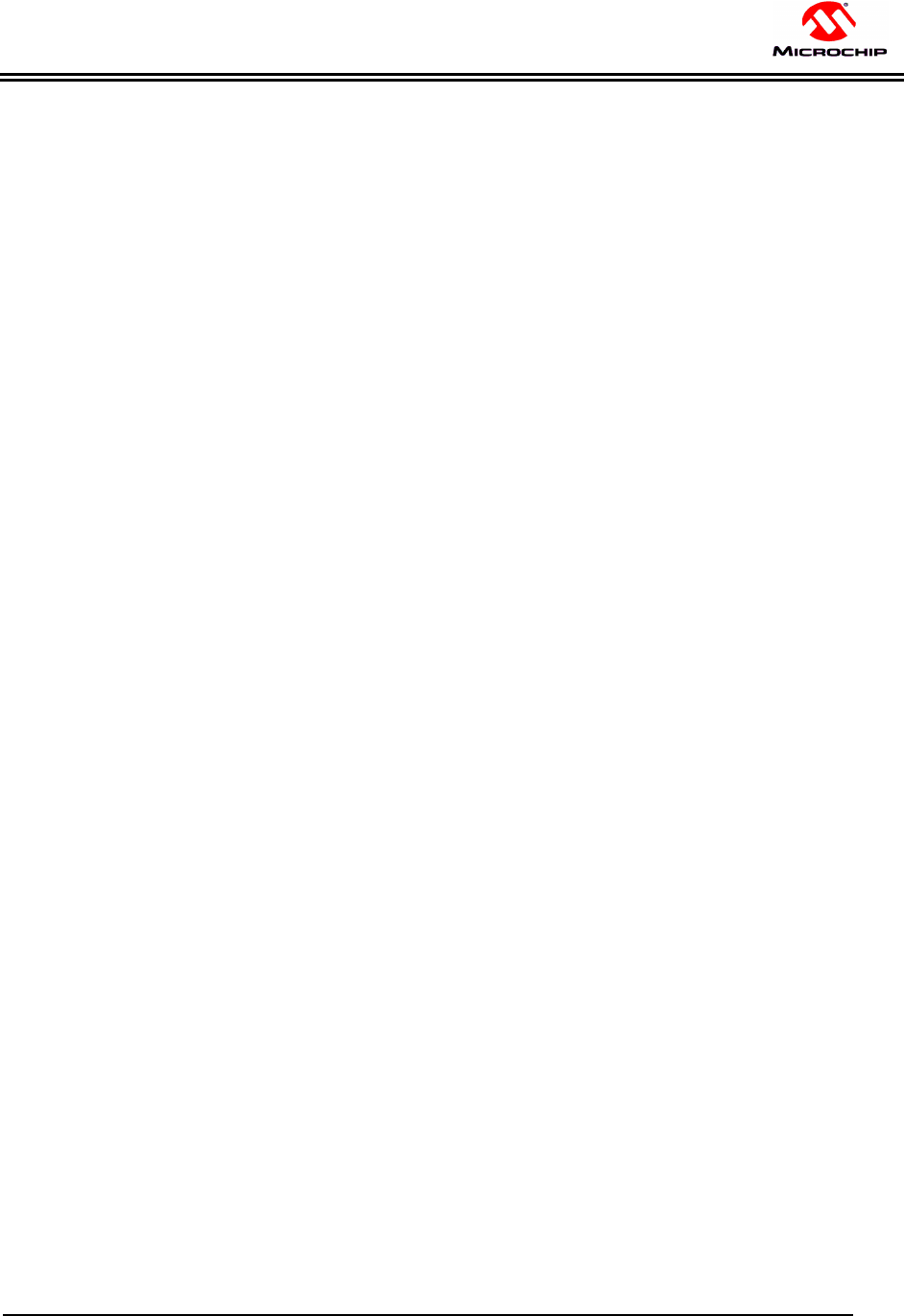
Regulatory Compliance Information
Revision 0.2 (06/2018)
Preliminary
3
2.1 United States
The ATWINC3400-MR210UAmodules has received Federal Communications Commission (FCC) CFR47
Telecommunications, Part 15 Subpart C “Intentional Radiators” single-modular approval in accordance
with Part 15.212 Modular Transmitter approval. Singlemodulartransmitter approval is defined as a
complete RF transmission sub-assembly, designed to be incorporated into another device, that must
demonstrate compliance with FCC rules and policies independent of any host. A transmitter with a
modular grant can be installed in different end-use products (referred to as a host, host product, or host
device) by the grantee or other equipment manufacturer, then the host product may not require additional
testing or equipment authorization for the transmitter function provided by that specific module or limited
module device.
The user must comply with all of the instructions provided by the Grantee, which indicate installation
and/or operating conditions necessary for compliance.
A host product itself is required to comply with all other applicable FCC equipment authorization
regulations, requirements, and equipment functions that are not associated with the transmitter module
portion. For example, compliance must be demonstrated: to regulations for other transmitter components
within a host product; to requirements for unintentional radiators (Part 15 Subpart B), such as digital
devices, computer peripherals, radio receivers, etc.; and to additional authorization requirements for the
non-transmitter functions on the transmitter module (i.e., SDoC or Certification) as appropriate (e.g.,
Bluetooth and Wi-Fi transmitter modules may also contain digital logic functions).
2.1.1 Labeling and User Information Requirements
The ATWINC3400-MR210UA module has been labeled with its own FCC ID number. If the FCC ID is not
visible when the module is installed inside another device, then the outside of the finished product into
which the module is installed must display a label referring to the enclosed module. This exterior label can
use wording as follows:
For the ATWINC3400-MR210UA:
Contains Transmitter Module FCC ID: 2ADHKWINC3400U
or
Contains FCC ID: 2ADHKWINC3400U
This device complies with Part 15 of the FCC Rules. Operation is subject to the following two
conditions: (1) this device may not cause harmful interference, and (2) this device must accept
any interference received, including interference that may cause undesired operation.
A user's manual for the finished product should include the following statement:
This equipment has been tested and found to comply with the limits for a Class B digital device,
pursuant to part 15 of the FCC Rules. These limits are designed to provide reasonable protection
against harmful interference in a residential installation. This equipment generates, uses and can radiate
radio frequency energy, and if not installed and used in accordance with the instructions, may cause
harmful interference to radio communications. However, there is no guarantee interference will not occur
in a particular installation. If this equipment does cause harmful interference to radio or television
reception, which can be determined by turning the equipment off and on, the user is encouraged to try
to correct the interference by one or more of the following measures:
• Reorient or relocate the receiving antenna
• Increase the separation between the equipment and receiver
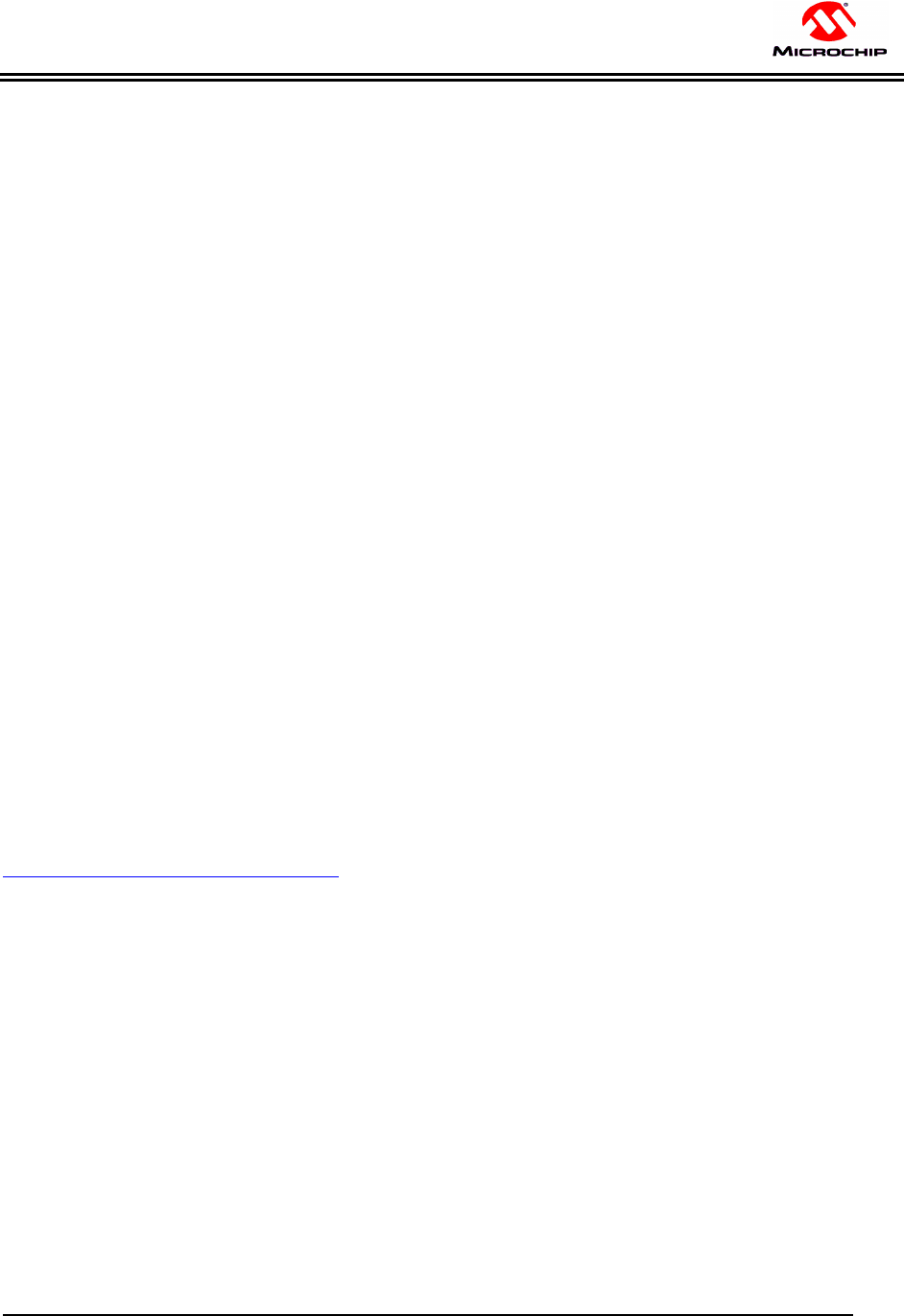
Regulatory Compliance Information
Revision 0.2 (06/2018)
Preliminary
4
• Connect the equipment into an outlet on a circuit different from that to which the receiver is connected
• Consult the dealer or an experienced radio/TV technician for help
Additional information on labeling and user information requirements for Part 15 devices can be found in
KDB Publication 784748, which is available at the FCC Office of Engineering and Technology (OET)
Laboratory Division Knowledge Database (KDB) https://apps.fcc.gov/oetcf/kdb/index.cfm
2.1.2 RF Exposure
All transmitters regulated by FCC must comply with RF exposure requirements. KDB 447498 General RF
Exposure Guidance provides guidance in determining whether proposed or existing transmitting facilities,
operations or devices comply with limits for human exposure to Radio Frequency (RF) fields adopted by
the Federal Communications Commission (FCC).
From the FCC Grant: Output power listed is conducted. This transmitter is restricted for use with the
specific antenna(s) tested in this application for Certification.
In the end product, the antenna(s) used with this transmitter must be installed to provide a separation
distance of at least 6.0 cm from all persons and must not be co-located or operation in conjunction with
any other antenna or transmitter. User and installers must be provided with antenna installation
instructions and transmitter operating conditions for satisfying the RF exposure compliance.
2.1.3 Approved Antenna Types
To maintain modular approval in the United States, only the antenna types that have been tested shall be
used. It is permissible to use a different antenna, provided the same antenna type and antenna gain
(equal to or less than) is used. An antenna type comprises antennas having similar in-band and out-of
band radiation patterns.
Antennas approved for ATWINC3400-MR210UA module with the antenna types are listed in Table 1-1.
2.1.4 Helpful Websites
Federal Communications Commission (FCC): http://www.fcc.gov
FCC Office of Engineering and Technology (OET) Laboratory Division Knowledge Database (KDB):
https://apps.fcc.gov/oetcf/kdb/index.cfm
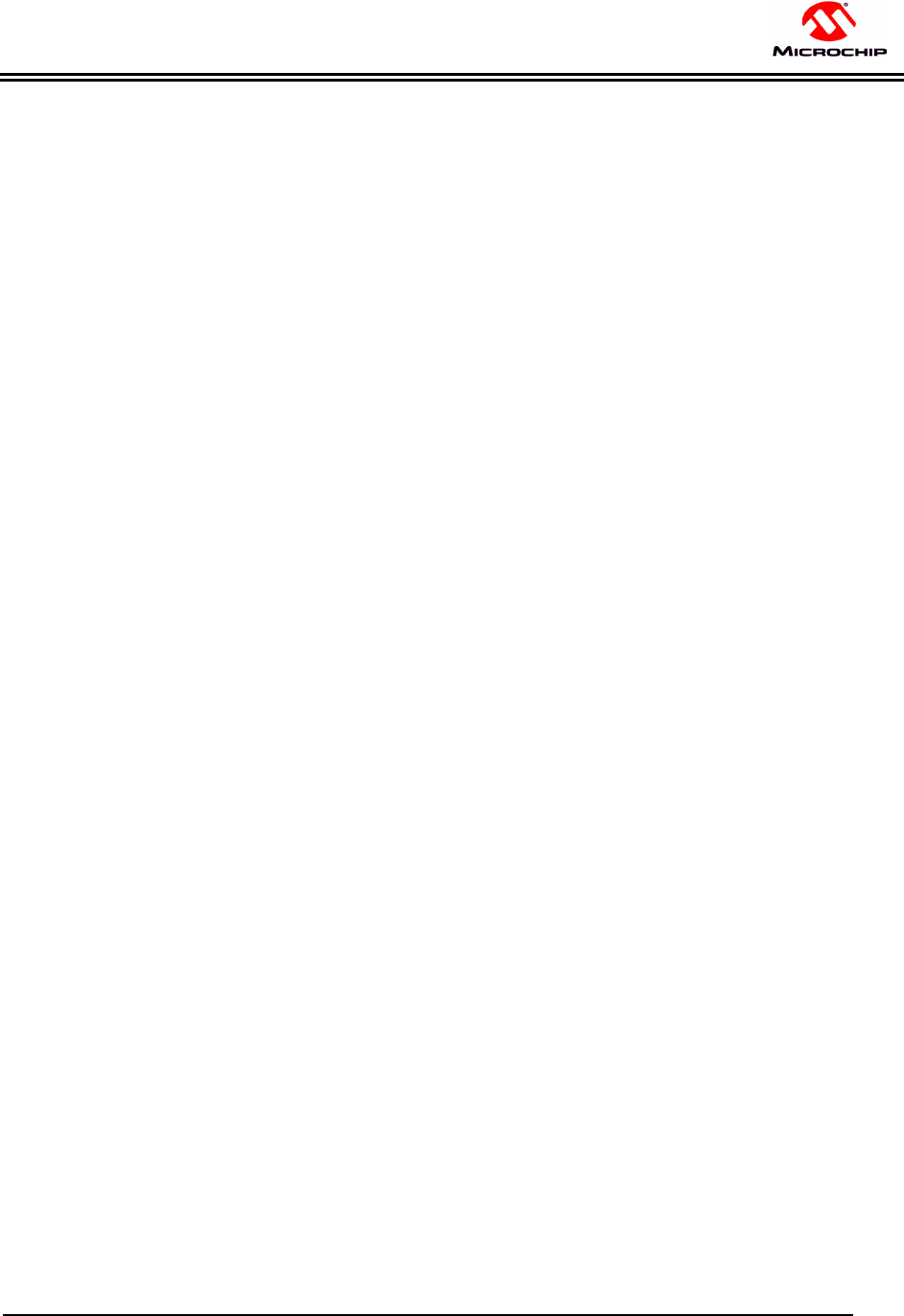
Regulatory Compliance Information
Revision 0.2 (06/2018)
Preliminary
5
3.1 Canada
The ATWINC3400-MR210UA module has been certified for use in Canada under Innovation, Science
and Economic Development Canada (ISED, formerly Industry Canada) Radio Standards Procedure
(RSP) RSP-100, Radio Standards Specifi- cation (RSS) RSS-Gen and RSS-247. Modular approval
permits the installation of a module in a host device without the need to recertify the device.
3.1.1 Labeling and User Information Requirements
Label Requirements (from RSP-100 Issue 11, Section 3): The host device shall be properly labeled to
identify the module within the host device.
The Innovation, Science and Economic Development Canada certification label of a module shall be
clearly visible at all times when installed in the host device, otherwise the host device must be labeled to
display the Innovation, Science and Economic Development Canada certification number of the module,
preceded by the words “Contains”, or similar wording expressing the same meaning, as follows:
For the ATWINC3400-MR210UA module:
Contains transmitter module IC: 20266-WINC3400UA
User Manual Notice for License-Exempt Radio Apparatus (from Section 8.4 RSS-Gen, Issue 4,
November 2014): User manuals for license-exempt radio apparatus shall contain the following or
equivalent notice in a conspicuous location in the user manual or alternatively on the device or both:
This device complies with Industry Canada license exempt RSS standard(s). Operation is
subject to the following two conditions:
(1) This device may not cause interference, and
(2) This device must accept any interference, including interference that may cause undesired
operation of the device.
Le présent appareil est conforme aux CNR d'Industrie Canada applicables aux appareils radio
exempts de licence. L'exploitation est autorisée aux deux conditions suivantes:
(1) l'appareil ne doit pas produire de brouillage, et
(2) l'utilisateur de l'appareil doit accepter tout brouillage radioélectrique subi, même si le
brouillage est susceptible d'en compromettre le fonctionnement.
Transmitter Antenna (From Section 8.3 RSS-GEN, Issue 4, November 2014): User manuals, for
transmitters shall display the following notice in a conspicuous location:
Under Industry Canada regulations, this radio transmitter may only operate using an antenna of
a type and maximum (or lesser) gain approved for the transmitter by Industry Canada. To reduce
potential radio interference to other users, the antenna type and its gain should be so chosen
that the equivalent isotropically radiated power (e.i.r.p.) is not more than that necessary for
successful communication.
Conformément à la réglementation d'Industrie Canada, le présent émetteur radio peut
fonctionner avec une antenne d'un type et d'un gain maximal (ou inférieur) approuvé pour
l'émetteur par Industrie Canada. Dans le but de réduire les risques de brouillage radioélectrique
à l'intention des autres utilisateurs, il faut choisir le type d'antenne et son gain de sorte que la
puissance isotrope rayonnée équivalente (p.i.r.e.) ne dépasse pas l'intensité nécessaire à
l'établisse-ment d'une communication satisfaisante.
Immediately following the above notice, the manufacturer shall provide a list of all antenna types
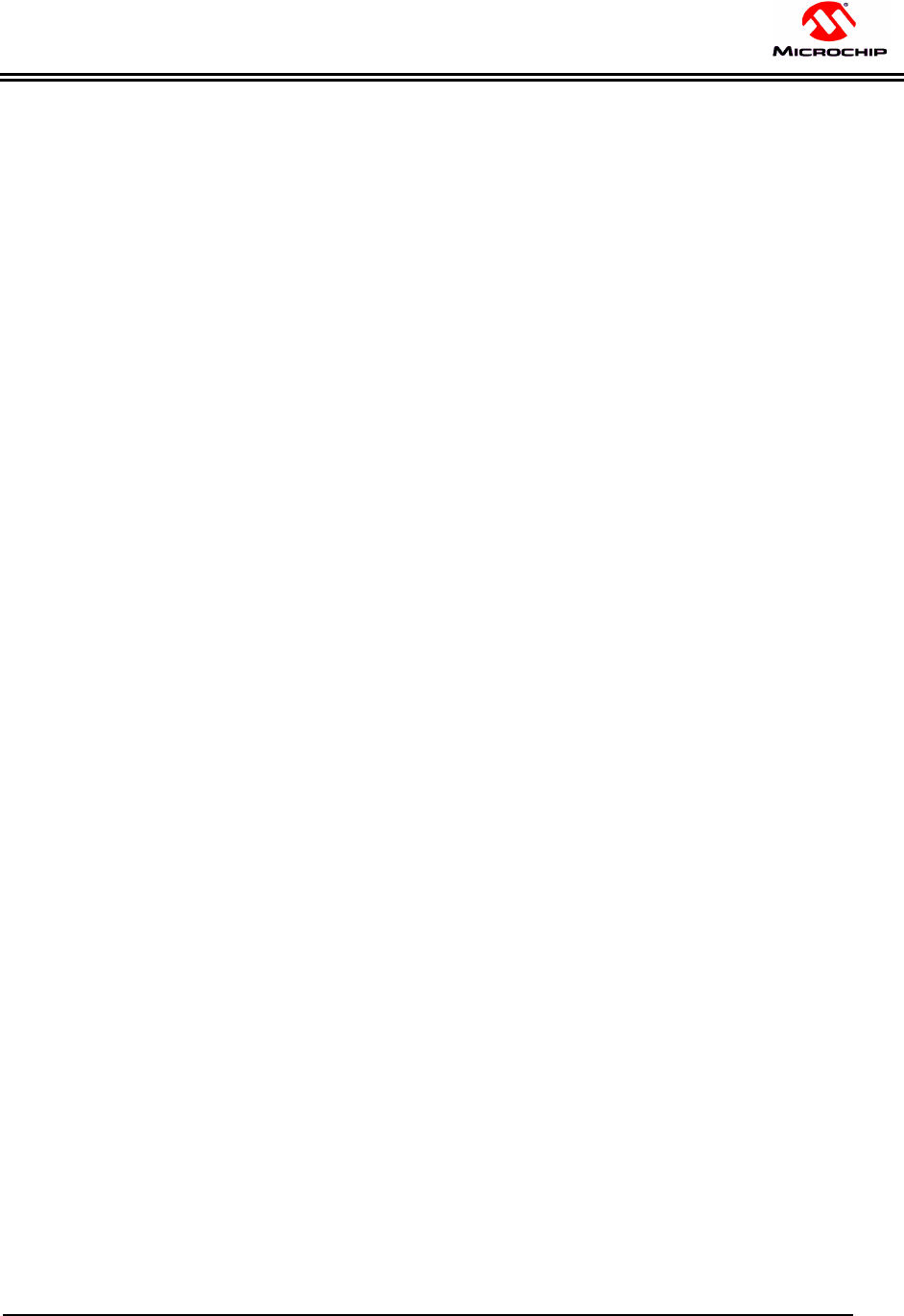
Regulatory Compliance Information
Revision 0.2 (06/2018)
Preliminary
6
approved for use with the transmitter, indicating the maximum permissible antenna gain (in dBi) and
required impedance for each.
3.1.2 RF Exposure
All transmitters regulated by ISED must comply with RF exposure requirements listed in RSS-102 - Radio
Frequency (RF) Exposure Compliance of Radio communication Apparatus (All Frequency Bands).
This transmitter is restricted for use with a specific antenna tested in this application for certification, and
must not be co-located or operating in conjunction with any other antenna or transmitters within a host
device, except in accordance with Canada multi-transmitter product procedures.
The installation of the transmitter must ensure compliance is demonstrated according to the ISED SAR
procedures.
3.1.3 Helpful Web Sites
Industry Canada: http://www.ic.gc.ca/